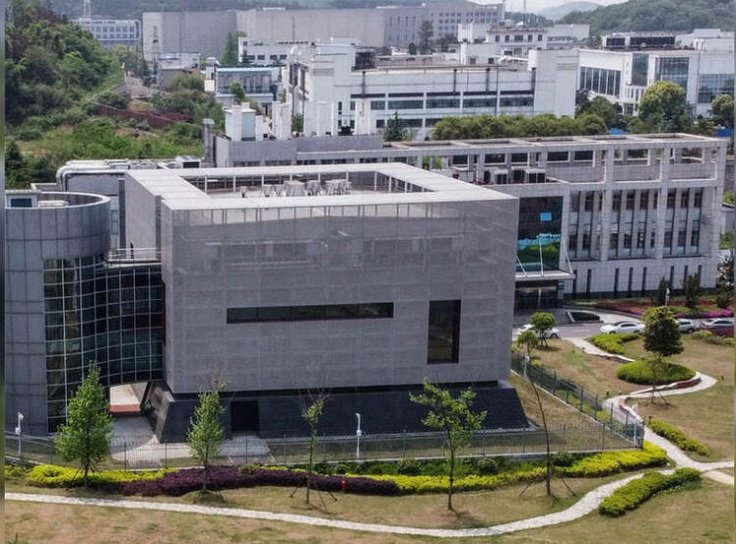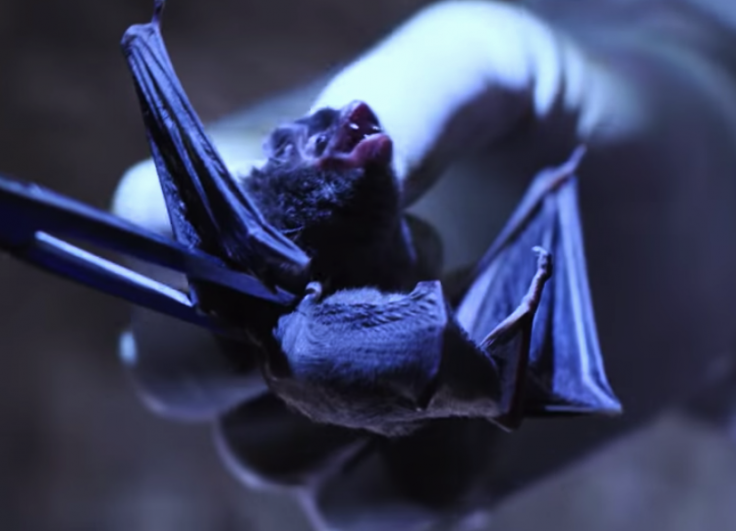As Coronavirus continues to dominate the world, scientists raised questions whether a sample of the virus kept for years in a Wuhan lab could have mutated naturally or via genetic manipulation, creating a new virus strain that causes COVID-19.
After the SARS outbreak, which happened in 2003, reports said Chinese researchers have been scouring bat-inhabited caves to track samples and analyze a potential new Coronavirus at the Wuhan Institute of Virology (WIV), which has been the center of several conspiracies related to the global pandemic now.
To provide a full genetic description on the Coronavirus, Dr. Shi Zhengli (Bat Woman) co-authored an academic paper published in Nature where she revealed that the Wuhan lab stored a sample of virus collected from bats, named RaTG13, which was a 96.2 percent match with the SARS-CoV-2 and the closest yet discovered. The consensus has been that both the viruses are unlikely to be the same, while some suggested that it could take 20 to 50 years to make up the four percent genetic difference.

Earlier, research programs conducted by the controversial Wuhan lab to improve the ability of pathogens to cause disease, known as Gain-of-Function (GoF) research, have been documented in papers published from 2015 to 2017. In one paper, co-authored by Shi, the research was described as "virus infectivity experiments."
Even though many scientists believe that new Coronavirus genetic code has mutated naturally, some experts have claimed that it should not be ruled out that the two viruses may once have been the same.
RaTG13 and Sars-Cov-2
Professor Richard Ebright of Rutgers University's Waksman Institute of Microbiology in New Jersey alleged that the technique, which is required to turn the bat Coronavirus RaTG13 into Sars-Cov-2 remained "identical" to previous work conducted in Wuhan. He told The Sunday Times, "The very same techniques, the very same experimental strategies using RaTG13 as the starting point, would yield a virus essentially identical to Sars-Cov-2."
According to Professor Martin Hibberd of the London School of Hygiene & Tropical Medicine, such a process would be "exceptionally difficult." He also claimed that the two virus strains are not the same and "I don't think you can easily manipulate one into the other."

In terms of the process of natural mutation, Prof Hibberd suggested it could take around 20 years, while Prof Ebright claimed that it was "not a valid assumption" to think that the virus would have developed at the rate observed since its emergence in 2020. Prof Ebright explained that when a virus shifts from one host to another the rate of evolutionary change is "much higher."
He added that it is possible that the bat Coronavirus, particularly if it entered humans prior to November 2019, may have undergone adaptation in humans at a rate that would allow it to cause the new strain of COVID-19 but "I think that is a distinct possibility."
Wuhan Researchers and Coronavirus

In 2012 Wuhan lab researchers Shi and her team visited a copper mine near Tongguan in the Mojiang region after six men fell ill with pneumonia-like symptoms. In a research paper, titled "Coexistence of Multiple Coronaviruses in Several Bat Colonies in an Abandoned Mineshaft' published in 2016, Shi and her colleagues mentioned that among the 152 genetic sequences of Coronavirus found in the mine, two were similar to the strain that caused SARS, while one was reportedly described as a "new strain" of the SARS virus, called RaBtCoV/4991.
Peter Daszak, president of EcoHealth Alliance and one of the researchers who worked with Shi's team for 15 years, told The Sunday Times that the sample of RaBtCoV/4991 found in the mine had been renamed RaTG13. As per Daszak, it was just one of the 16,000 bats that they sampled and it was a fecal sample which was put into a tube, then in liquid nitrogen, and taken to the lab. "We sequenced a short fragment," he added.
While talking about the name change of the sample, Daszak said: "The conspiracy folks are saying there's something suspicious about the change in name, but the world has changed in six years – the coding system has changed."









